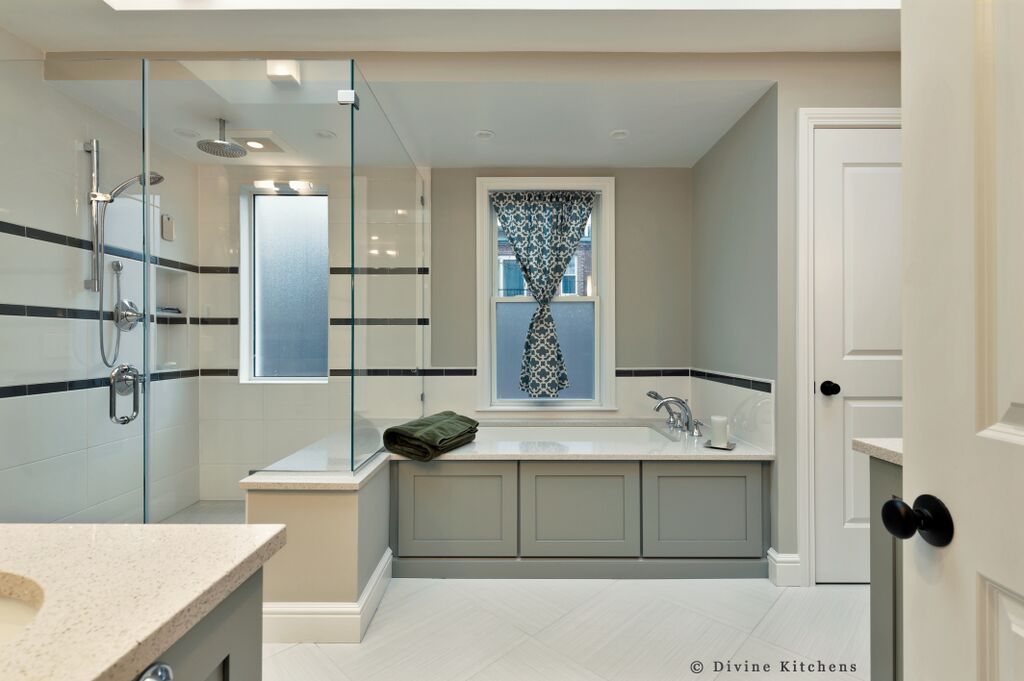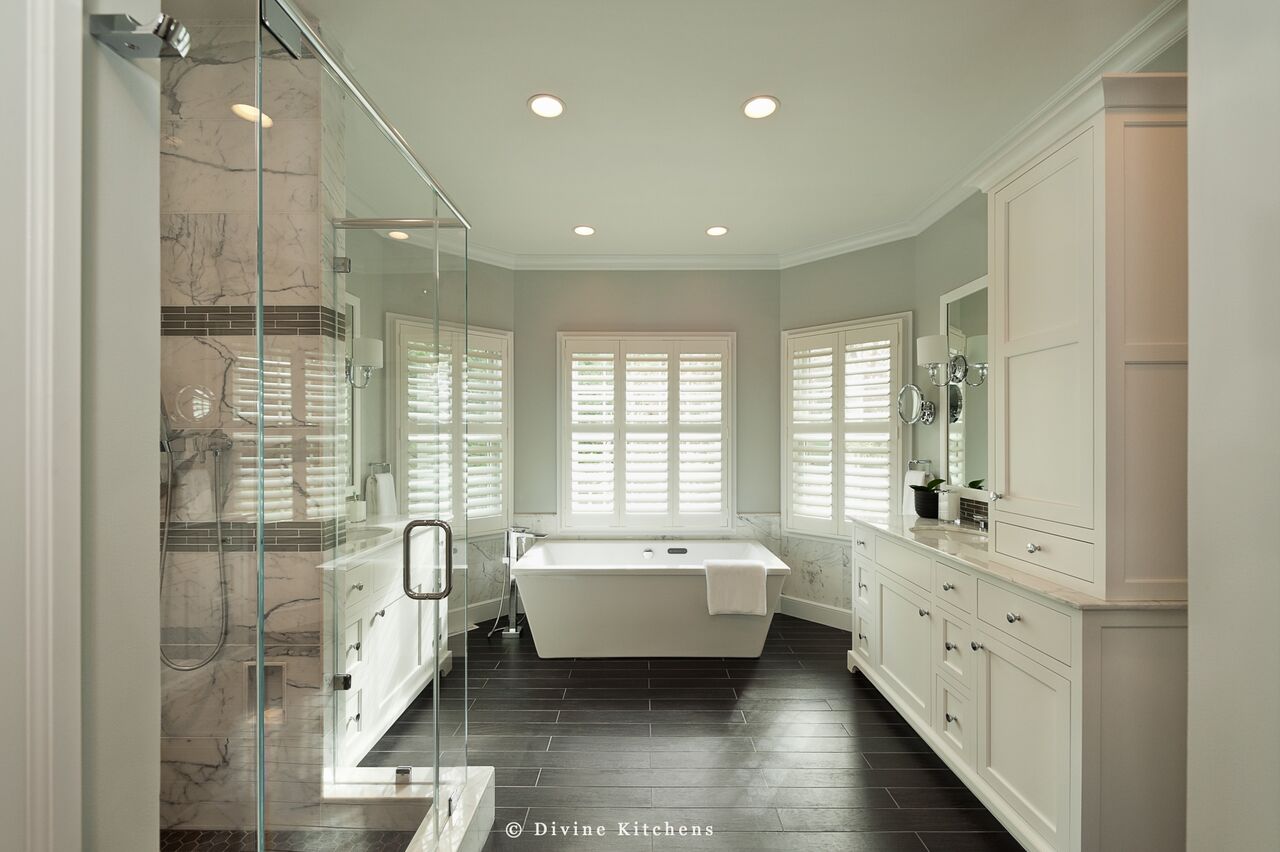A Quick Guide to Choosing a Bathtub
Nowadays, homeowners are designing bathrooms like in-home spas. They're places to relax, unwind, and de-stress ... and a large part of that comes from having the perfect tub. Whether you prefer a long soak, powerful jets, or are working with a small space, here are a few things to consider before choosing a bathtub for your space.

Size. Size is perhaps the biggest decision you'll have to make about your tub, since bathtubs come in compact clawfoot versions, expansive corner jacuzzis, and everywhere in between. The size you ultimately choose depends on a few things.
- The first, of course, is the space you're working with. If you're redesigning your bathroom from the studs up, you'll have more flexibility than if you're simply replacing your old tub with a newer version. If you're renovating completely and want a large soaking or corner tub, it's wise to let your contractor know up front, as the rest of the room may need to be designed around it. If you're replacing an old drop-in tub, on the other hand you'll want to stick to the same measurement. The size of your tub can also have a big impact on the look of your space, too. If you have a small bathroom, a classic clawfoot tub can feel visually lighter (thanks to the fact that it's raised up on feet) than a built-in version.
- The second is how you plan to use your tub. If you're the type who only takes a bath occasionally, having a large, roomy tub that takes up half of your bathroom might make little sense if the space could be put to better use. If you're a daily bather, on the other hand, having something that's comfortable for you to recline in may require a tub with a larger footprint.
Material. Depending on your needs and budget, you can purchase a bathtub in a wide variety of materials including:
- Porcelain. Porcelain is most commonly used for freestanding clawfoot or vessel style tubs. The look is polished and high-end, and they come with a price tag to match.
- Granite or Stone. Granite creates a beautiful, rustic look, and is also most often used in freestanding tubs. Again, the luxury material will certainly create a lovely focal point in the bathroom, but the price point will also be on the higher end.
- Acrylic. Recessed and drop in tubs, as well as whirlpool and jetted tubs are usually made from durable, lightweight acrylic. An acrylic tub will also usually be the least costly material option.
Style. Certain tubs are better suited for certain bathroom styles. Below are a few of the most common options.
- Freestanding Tubs: A freestanding bathtub--like a clawfoot or vessel tub--is just as it sounds, with separate plumbing that comes from the tub, not the walls. They're a great option for a homeowners who want to have a tub placed in front of a window or the middle of the room, for example, or for small spaces since freestanding tubs tend to take up less room. Freestanding tubs are less practical if you intend for your tub to double as a shower.
- Recessed tub: A recessed bathtub is the most popular tub style, since it works well in shower combinations or on its own. These tubs can either be rectangular in shape to fit into an alcove, or triangular to fit into a corner of the bathroom. The latter is typically a jetted or whirlpool-style tub meant for soaking.
- Drop-in Tub: A drop in tub is standard in many homes and works well in small or large-sized bathrooms. These tubs are installed in a designated space supported by a frame. Like alcove tubs, drop-in tubs are ideal for bathtub-shower combos.


